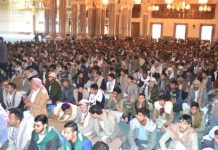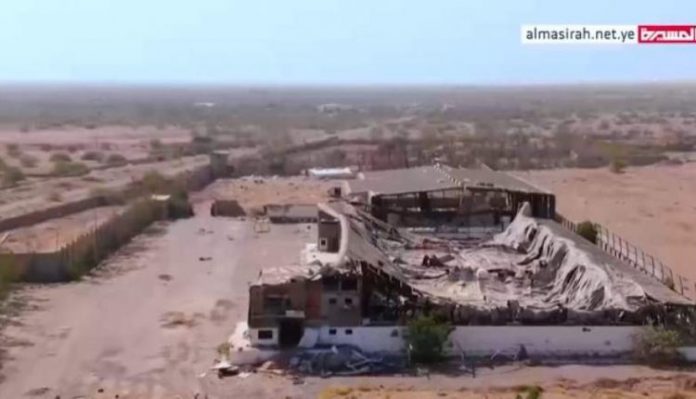The Undersecretary of the Ministry of Finance for Planning and Statistics Affairs revealed Friday the repercussions of the seven years of the coalition Saudi – Emirate and siege on the workforce in Yemen.
Ahmed Hajar confirmed that a million and 620 thousand workers lost their jobs as a result of the coalition Saudi Emirate and siege.
Hajar indicated that nearly 3 million of the workforce in Yemen are in a state of unemployment and did not find job opportunities due to the coalition Saudi Emirate and the siege, noting that 38% of the workforce in Yemen was deprived of sources of income and the effects of this are rising daily.
For his part, the Undersecretary of the Central Statistical Organization for the Population Sector Sam Al-Bashir said that the continuation of the coalition Emirate Emirate siege on Yemen is paralyzing business and employment in various sectors.
Al-Bashir stressed that the transfer of central bank jobs to Aden has exacerbated the suffering of the Yemeni people and cut the salaries and entitlements of one million two hundred and fifty thousand state employees, pointing out that the labor force in Yemen suffers due to the continuation of the siege, and the effects of this cannot be mitigated without lifting the siege.
On the other hand, Director General of Planning and Manpower Employment at the Ministry of Social Affairs and Labor, Abdul Alim Modhesh, indicated that the labor force today covers only a small percentage of the basic needs of the family due to the deterioration of the currency.
Saudi Arabia, backed by the United States and regional allies, launched the war on Yemen in March 2015, claiming the goal of bringing the government of former Yemeni president Abd Rabbuh Mansour Hadi back to power.
The coalition Saudi Emirate continues to target neighborhoods and populated areas and destroy the infrastructure and capabilities of the country, in light of a suspicious international silence.
The war has left hundreds of thousands of Yemenis dead and displaced millions more. It has also destroyed Yemen’s infrastructure and spread famine and infectious diseases there.
As part of its economic war, the coalition Emirate Emirate worked to drain about 97% of the Yemeni state’s resources, either by controlling them militarily such as oil and gas sources, freezing Yemeni foreign assets and transferring them to mercenaries and financing coalition operations, or imposing siege on the vital port of Hodeidah and the most important port after Aden, which is still in the grip of Sana’a and out of control of the Coalition Saudi Emirate .




















